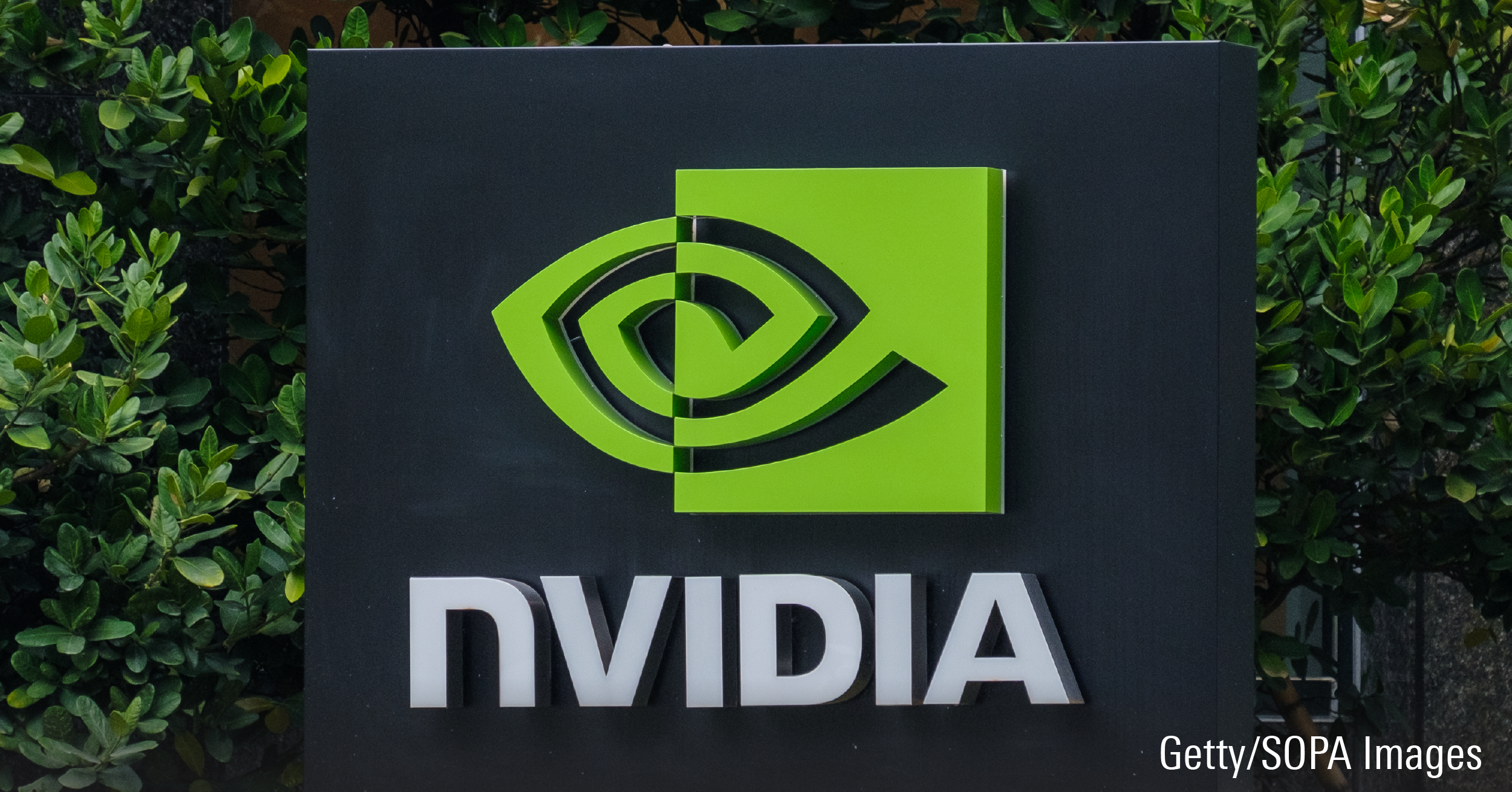Apple reported strong fiscal first-quarter results, thanks to healthy sales of iPhones, wearables, and services during the holiday period, while providing investors with a second-quarter forecast that was ahead of CapIQ consensus estimates and our prior expectations. Overall, we see no signs of Apple adoption slowing down, as the firm has 1.5 billion active devices within its ecosystem, up over 100 million in the past year. We are raising our fair value estimate to $240 per share from $220 for narrow-moat Apple, as we incorporate superior near-term prospects. That said, current levels appear lofty, as we don’t believe the strong near-term results mean that a 5G super cycle is on the horizon. We’ve witnessed cycles before where strong iPhone adoption has been met by a predictable lull thereafter as customers pause from buying the latest devices, and we also surmise the torrid double-digit growth in services and wearables will be difficult to sustain.
First-quarter sales were $91.8 billion, up 9% year over year despite $1 billion of currency headwinds (per management) and well ahead of the company’s guidance of $85.5 billion-$89.5 billion. IPhone revenue was the bright spot, as Apple earned $56.0 billion, up 8% year over year. Wearables growth remained stellar with sales up 37% year over year (44% excluding home/accessories products). Meanwhile, service revenue grew 17% year over year. Apple now has 480 million paid subscribers, 120 million more than a year ago, and the firm expects 600 million subs by December 2020. Apple’s total sales rose (year over year) in its three largest regions--12% in the Americas, 14% in Europe and 3% in Greater China. Gross margin of 38.4% rose 40 basis points sequentially and came in at the high end of guidance.
For the March quarter, Apple expects revenue in the range of $63.0 billion-$67.0 billion which would be up 12% year over year at the midpoint. The range is wider than usual due to additional uncertainty about the coronavirus.
For the iPhone, Apple’s iPhone 11 was the most popular phone in each and every week of the quarter, rather than both of the firm’s higher priced Pro models. All three iPhone 11 models (including the Pro and Pro Max) were the three highest selling phones in the period, more so than any other older models sold at lower prices. Apple iPhone revenue was up 8% year over year in total, but up 10% plus in many developed and emerging markets, such as the U.S., U.K., India and mainland China, among others.
Regarding coronavirus concerns in China, Apple has suppliers in Wuhan but has alternate sources and is working on mitigation plans. Outside of Wuhan, Apple faces greater uncertainty, but they noted that suppliers are pushing back the reopening of factories after Chinese New Year to Feb. 10, instead of at the end of January. Internally, Apple has closed one retail store while many of its retail partners have also closed stores or reduced their operating hours.
Prior to coronavirus concerns, Apple noted a good quarter in China after four prior quarters of year-over-year sales declines. In mainland China, the company earned double-digit revenue growth in iPhone, services and “extremely strong” double-digit growth in wearables.
Looking at new technologies, Apple sidestepped questions about 5G other than to say that they remain excited about the pipeline and to consider deployment schedules outside of the U.S., which we view as a nod to aggressive sub-6 GHz deployments in Japan, South Korea and China, in particular, in the coming months. In contrast, U.S. carriers are a bit more focused on higher bandwidth millimeter wave 5G deployments which might be technologically trickier to incorporate into a phone that seeks adequate battery life.
Apple also deflected questions about targeted advertising in its Apple TV+ model, as it believes that customers seek an ad-free product. Apple’s strategy is to aggressively strive to obtain subscribers, both in terms of low pricing at $4.99 per month while also bundling a year of the service with the sale of new devices.























